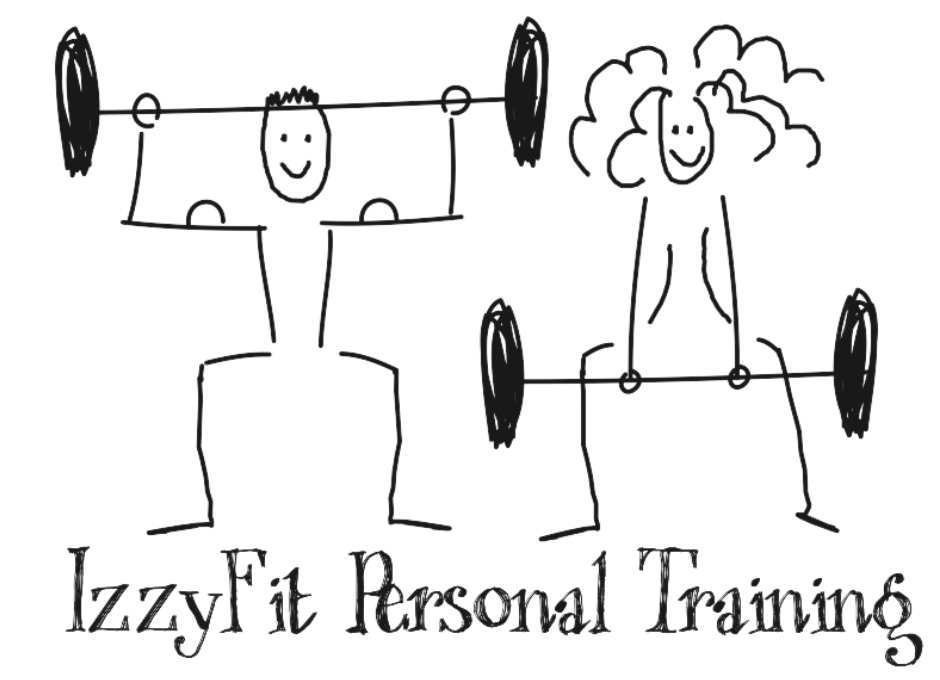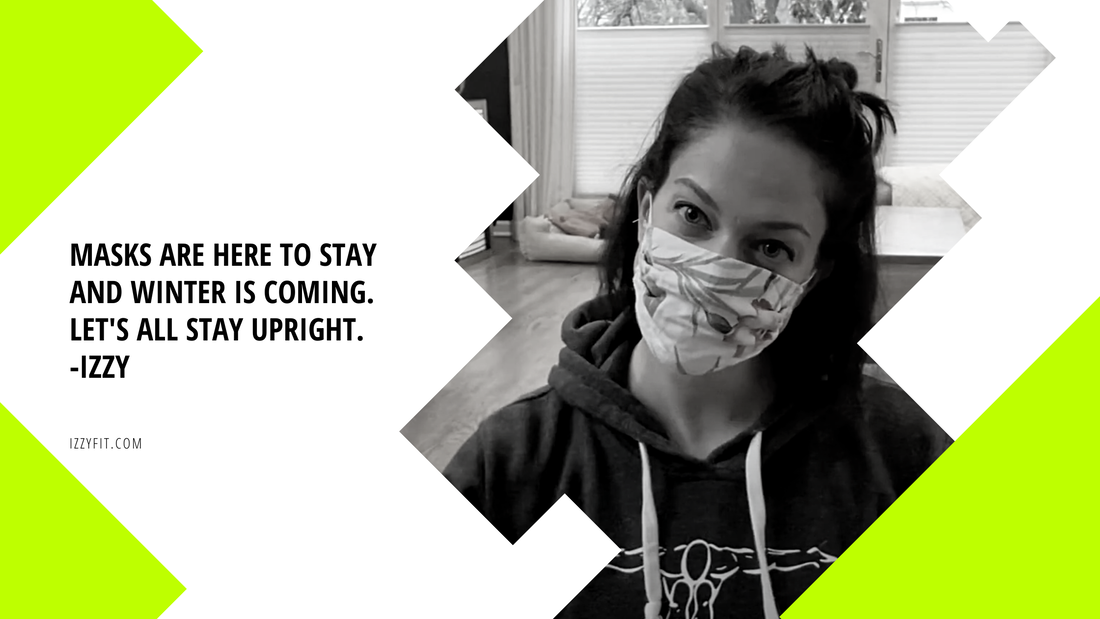Balance Wonky With a Mask On? Try These 4 Exercises!
I like to compare the newness of mask-wearing to learning the Turkish Getup for the first time: At first it makes no sense, we do it all wrong and it feels pointless but as we practice it time and again we realize that, actually, it is not as uncomfortable an endeavor as it seems to be, we notice we incorporate some of the movements into our everyday lives and it just becomes something we do because it makes us stronger.
Masks are going to be here for a while which is why today I'm showing you a few tricks to make you feel more confident in your balance. Masks aside, the truth is that if you've had changes to your vision in any way -- cataracts, macular degeneration, any other not-fun condition -- you've likely noticed a huge difference in the way you move through your world, specifically with balance. While with a mask we lose some of our peripheral vision, some of you might also have lost some vision in the center of your field of vision or you may see floaties in one eye... I could keep going.
The loss of balance can be incredibly scary and that's why I'm here to bring you exercises you can do to help it get stronger! Balance is skill that needs practice. It is not something you have or don't have! So let's get to work!
Neck Nods & Look Arounds: 3 Variations
Variation 1: Just the Eyes
Balance is a reflex. It is not a posture, it is not something we should muscle through. Through a combination of what our visual system, proprioception, and vestibular system, we get balance! And (dumbing this down to my level) this means that:
- Where our eyes go, our head generally goes
- Head control is essential for good balance
- Head control affects our inner-ear (vestibular system) and where our joints/muscles/tendons thing they are in space
Learning to move better and feel better includes working on all of these systems together with exercises like neck nods, look arounds, egg rolls... the moves I keep making videos of!
But some of us are prone to dizziness which can make those movements just too challenging. SO: To work on head control, we take it down a notch and just start working our eyes!
This might look strange but, trust me, it's still a great way to feed your nervous system some good information that will help you stand tall.
Try doing 10 of these looking up and down and 10 side to side.
Variation 2: Kneeling
Get down on the ground and sit back into your heels. Your toes can be pointed or tucked under
Place your hands slightly in front of your knees and place a little bit of weight into them
Place your tongue on the roof of your mouth and breathe in and out through your nose
Look up toward the ceiling and let your head follow
Then look down toward your belly button and let your head follow
For look arounds, look UP and over your shoulder and let your head follow. You can totally allow your spine and arms to move with you, too
Then, look the other way!
Do about 10 of each to make up one set.
Variation 3: Standing
Stand with your feet about hip-width apart, knees soft (not locked out)
Place your tongue on the roof of your mouth and breathe in and out through your nose
Look up toward the ceiling and let your head follow
Then look down toward your belly button and let your ad follow
For look arounds, look over your shoulder and let your head follow. You can totally allow your spine, arms, and hips to move with you, too
Then, look the other way!
Do about 10 of each to make up one set.
Slow Cross Crawls
Coupling single-leg balance with some good-for-the-brain cross-body action is SO JUICY!
Of course you can do standing cross crawls in a variety of different ways but if we're talking about becoming more confident with our balance and walking while wearing a mask, I really like this variation:
Root your standing foot into the ground as you pick up your other leg
Feel that standing leg grow tall and strong as you slowly bring your elbow to the rising knee
If you cannot physically reach your elbow to your opposite knee, that's OK! The physical tap IS important so use your hand or forearm
Imagine you're moving through honey: Slowly and steadily
Do this for 1-2 minutes
Avoiding Puddles
Did you know that the biggest reason people trip and fall while walking is because they drag their feet? As we age, we tend not to pick up our feet when we walk around, even walking toe-pointedly. (I just made up that term. I mean to say some people not only drag their feet while walking but also their TOES which, you know, causes people to trip and fall).
I love this exercise because it helps us practice picking up our feet (and you can channel your inner Monty Python fan while you do this)! It also combines single-leg balance, mobility, and forces us to move in a plane of motion we aren't used to (sideways).
Simply step over 4-5 "puddles" in each direction left to right 4-5 times to make up one full set.
Anti-Fragility Training
We spend a whole lot less time on the ground as we age, don't we? This means we stop practicing getting up from the ground and if we fall (especially at a later age), we might not know how to get back up.
This is why I am a big proponent of practicing "falling" down and getting up in a safe space so we get used to it! You can do this exercise using all of your hands and feet but to make it more fun, I like to practice getting to and from the ground with the use of either one hand or none!
The only wrong way to do this exercise is if you get up or go down in a painful way. Have fun with this.
Put a timer on for 1 minute or 3 or 5! Whatever you do, just practice.
My friends: Masks are here to stay for a while and winter is coming. Let's all stay as upright as we can.
(Like these? Please share this post and let me know what comments or questions you might have in the area below!)

